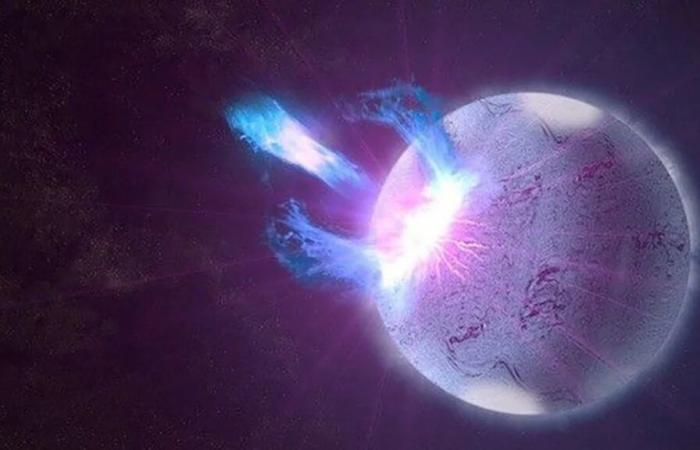A signal detected in file data suggests that these highly magnetized neutron stars could be the key to the origin of the heaviest elements, such as gold.
Look too | The mystery of the Jean’s small pocket, revealed
For decades, astronomers have tried to solve one of the greatest mysteries of astrophysics: where do the heaviest elements of the universe come, such as gold? Now, a new research based on archive data of a space mission suggests that the magnetars – neutron stages with extremely intense magnetic fields – could have a decisive role in their formation.
Scientists know that the lighter elements, such as hydrogen, helium and even a small amount of lithium, formed shortly after the Big Bang, about 13.8 billion years ago. Subsequently, Supernovas explosions began to generate heavier elements, such as iron, which later became part of new stars and planets.
However, the origin of gold and other heavier elements that iron has been an enigma. Until now, the dominant theory was that these metals were formed during neutron stars collisions, extremely rare and violent events. But the frequency of these collisions did not seem enough to explain the amount of gold distributed by the cosmos.
Look too | Last days to register for the 2025 educational voucher
In this new study, astronomers analyzed an unusual signal in the records of a space mission, and propose that magnetars could generate these extreme conditions necessary for the formation of gold, without the need for a collision. This discovery reopens the debate on nuclear processes in the most extreme environments of the universe.
Research not only provides a possible explanation to the origin of these valuable elements, but could also redefine understanding about how matter evolves in the universe.
Source and Photo: Diario Hoy






